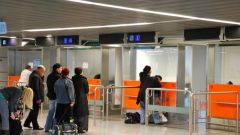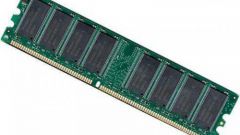Coronary angiography: indications and contraindications
Coronary angiography allows to investigate the dynamics of blood flow and to diagnose the narrowing of the blood vessels of the heart. The study also helps to establish congenital defects of the coronary arteries. Coronary angiography of the heart is assigned with shortness of breath and chest pain, evidence of the narrowing of blood vessels. It is performed in cases when medical treatment does not bring results, and the symptoms worse. The study also administered before surgery to replace a heart valve, after the bypass surgery to assess the results of the operation, in the presence of a suspected congenital defect of the blood vessels of the heart, diseases of the coronary arteries before open heart surgery, with serious injuries to the chest, in heart failure.
Absolute contraindications to coronary angiography does not exist. Relative indications include Allergy to radio-opaque substance introduced in the study, renal or cardiac failure, bleeding disorders, anemia, diabetes mellitus, endocarditis, acute infectious diseases, exacerbation of peptic ulcer disease, arterial hypertension not amenable to medical treatment.
How is coronary angiography
Coronary angiography requires advance preparation. The patient needs to donate blood for the presence of hepatitis C, test for HIV, undergo an ECG in 12 leads, you also need RW. After that, the patient undergoes a comprehensive examination by a doctorother specialties in order to avoid opportunistic diseases or to clarify the nature of their flow.
Coronary angiography is performed as follows. The patient lies on the couch, giving him a local anesthetic to minimize pain. Then, a puncture in the upper thigh or forearm. Through the hole introduces a special catheter until it reaches the blood vessels of the heart. Then in the lumen of the coronary artery injected radiopaque substance. With the help of a special device-angiography, the doctor captures the movement of this substance in the coronary vessels. In the pictures it appears in the form of shadows, which precisely represent the shape of a lumen of vessels. This allows to detect the presence of vasoconstriction or such areas where the blood doesn't arrive at all.
Blockage of the lumen of blood vessels is called "occlusion". Detection of occlusion is a direct indication to perform urgent operative or minimally invasive treatment of coronary heart disease. After the procedure the potential risk of complications. These include bleeding at the puncture, arrhythmia, myocardial infarction, development of Allergy to radiopaque substance.










